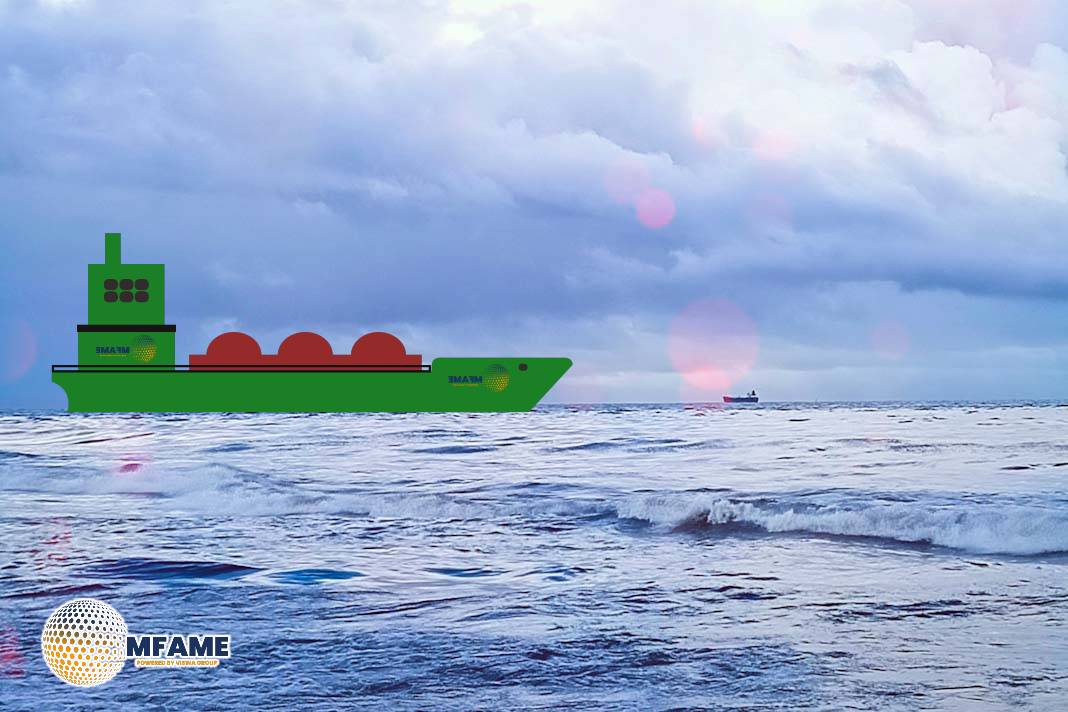- Maritime sector emerges as most decarbonized transport by 2050.
- Shipping emissions cut 77% through low-carbon fuels, CCS.
- Biofuels, e-methanol, ammonia to dominate marine fuel mix.
The maritime sector is expected to become the most decarbonized transport segment globally by 2050, driven by increased use of low-carbon fuels, carbon capture and energy-saving measures amid international regulatory drive, reports Platts quoting a DNV report.
Full sail to Net Zero
While global electric car sales have hit new records and airlines signed long-term deals for sustainable aviation fuels in recent years, shipping companies’ uptake of green marine fuels is hampered by high prices and limited availability.
However, DNV said in its latest annual Energy Transition Outlook that the shipping sector will cut its CO2 emissions by 77% by 2050, more than aviation and road transportation, due to rapid decarbonization in the coming years.
“This impressive abatement arises from a levelling off in demand for maritime transportation from the 2030s, more efficient shipping, and a transition to [low-carbon] fuels and onboard carbon capture and storage driven by the International Maritime Organization’s Net-Zero Framework,” the classification society said in the report.
Later this month, the UN agency’s member states are scheduled to discuss the adoption of the regulation that will place a cost on maritime greenhouse gas emissions from 2028.
DNV officials have warned that the new rules could double bunker costs by 2036 while discouraging the use of LNG, and that IMO member states should refine them before their implementation.
August’s average delivered bunker price for very low sulfur fuel oil was $12.16/Gigajoule in Singapore, compared with $14.69/Gj for LNG and $46.15/Gj for 100% sustainable methanol, according to the Platts global bunker cost calculator.
Based on DNV’s forecast, biofuels will be the first low-carbon fuel in extended use with a 4% share in global bunker mix by 2030, before the emergence of eMethanol in 2027 and ammonia in 2039. Meanwhile, 4% of emissions from ships running on fossil fuels will be captured by CCS in 2042, according to DNV.
Biomass will account for 25% of the world’s marine energy use in 2050, followed by natural gas at 24%, oil at 18%, ammonia at 17%, and e-fuels at 12%, DNV said.
Did you subscribe to our daily Newsletter?
It’s Free Click here to Subscribe!
Source: Platts

















